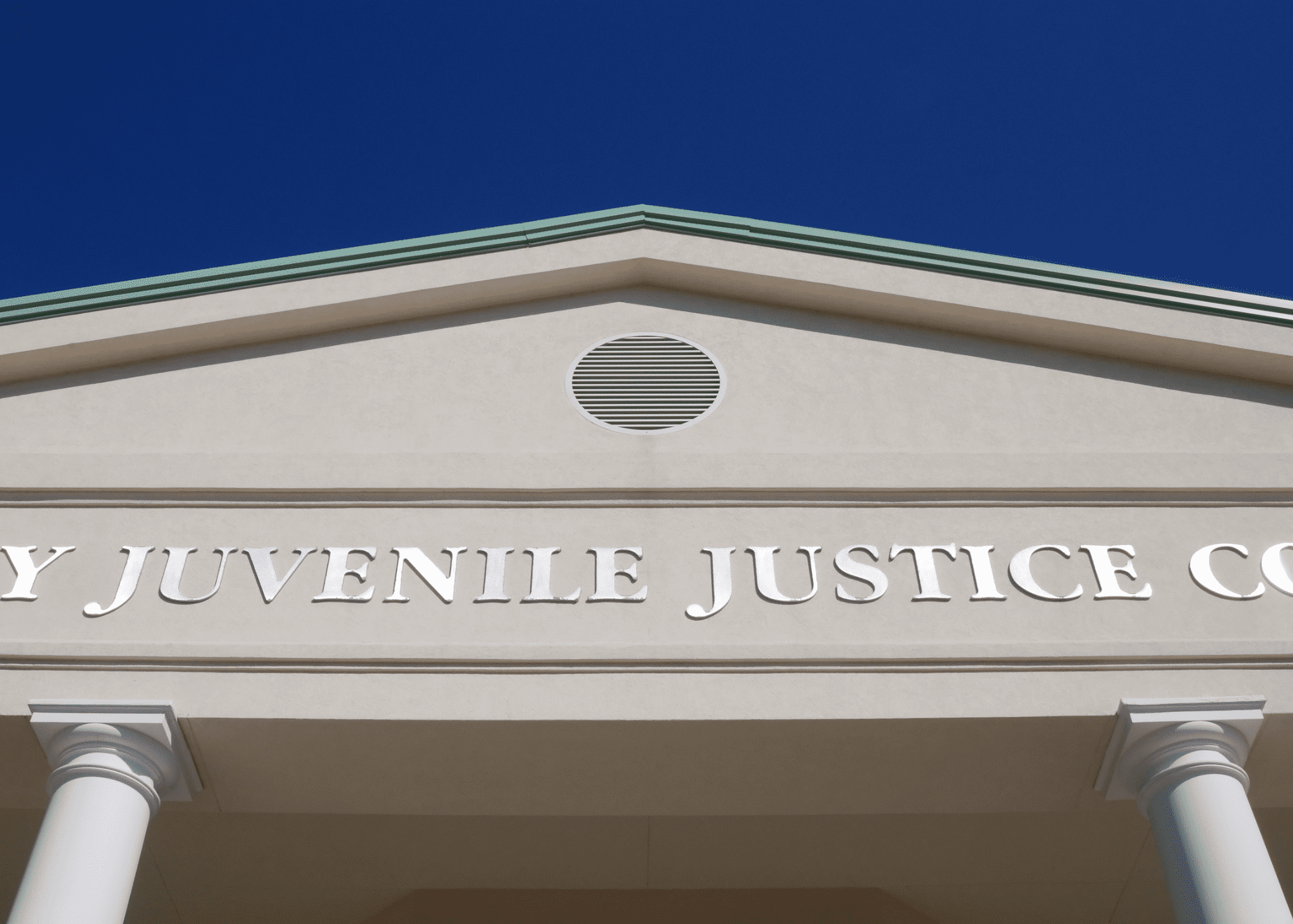
Written by Staff
April 15, 2023

We detected that you're using an older version of Internet Explorer. please upgrade IE 11 or later
Alternatively, you can install and use these secure and newest browsers: Chrome | Firefox | Safari for MacOS | Edge for Windows
Written by Staff
April 15, 2023

Management of juvenile delinquency has been evolving for centuries. Before the 18th century, juveniles over age 7 were subject to the same criminal justice system as adults. In the 18th century, children entered the workforce young and aligned with society like adults. The economic hardship during this era led to juveniles losing their jobs as factory workers. Without the structure of the labor system juvenile delinquency rose. In 1825, the House of Refuge (reformatory) opened its doors in New York City. The House of Refuge was organized to rehabilitate juvenile offenders (delinquents). The House of Refuge’s rehabilitative process involved discipline, guidance, and education. Only juveniles who were considered changeable were admitted into the House of Refuge. Juvenile offenders not regarded as changeable were sent to adult correctional facilities. The organizational concept behind the House of Refuge spread to other cities where additional facilities opened and eventually became overcrowded. Cook County, Illinois, was the first county in the United States to establish a juvenile court. This juvenile court focused on treatment objectives instead of punishment, reclassified terminology associated with juvenile offenders, and deemed juvenile records confidential to reduce stigma.
The workforce changed in the 19th century due to industrial advancements. These advancements in the workforce required complex skillsets beyond what juveniles could perform without proper education and training. Therefore, society recognized that children needed higher education to learn advanced skillsets. As a result, the birth of the term adolescence arose, and laws were enacted such as:
From this point, adolescents began to be categorized and managed differently from adults. In 1968, the Juvenile Delinquency Prevention Control Act was enacted to encourage states to address juvenile delinquency. This act led to the National Juvenile Justice and Delinquency Prevention Act in 1974, which created the Office of Juvenile Justice and Delinquency (OJJDP), the Runaway Youth Program, and the National Institute for Juvenile Justice and Delinquency Prevention (NIJJDP). In addition, the National Juvenile Justice and Delinquency Prevention Act afforded states more funding for:
Fatal violence, aggravated assaults, and school violence surged among juvenile offenders during the 1980s and 1990s. As a result of the surge, amendments were made to the National Juvenile Justice and Delinquency Prevention Act that allowed states to try juveniles as an adult for violent and weapon offenses. Today, the manner in which juveniles are processed in the juvenile justice system varies between jurisdictions. Some states enacted procedures such as:
Processing of juvenile offenders continues to change into the 20th century. The current juvenile justice system focuses on rehabilitation and has a restorative approach.
Several supreme court cases have significantly shaped the juvenile delinquency system. In Kent V. United States (1966), the court ruled that juveniles being transferred to adult court have a right to a judicial hearing. In re Gault (1967), the court ruled the right to due process, counsel, and protection against self-incrimination in juvenile delinquency hearings. In re Winship (1970), the supreme court ruled that juvenile offenses must be proven beyond a reasonable doubt. In Furman v. Georgia (1988), the supreme court ruled that the death penalty for an offender under 16 was unconstitutional. In Roper v. Simmons (2005), the supreme court ruled the death penalty for offenses committed under 18 was unconstitutional. In this case, the supreme court considered a juvenile’s culpability and vulnerability to influences. In Miller v. Alabama (2012), the court ruled that mandatory sentencing of a juvenile to life without the possibility of parole was unconstitutional. These supreme court cases have significantly shaped the juvenile delinquency system.
Developmental psychology and neuropsychology have changed how courts view juvenile crime and justice. The psychological study of the brain, cognitive function, and psychosocial development play an essential role in criminal justice system policies. Forensic psychologists provide the following juvenile evaluations:
Research suggests a link between juvenile justice and adverse childhood experiences (ACES). Many risk factors (abuse and neglect) in a child’s life may make them more susceptible to juvenile offending. Forensic psychologists assess juvenile brain function and behavior concerning juvenile delinquency.
Immediately call 911 or your local emergency number if you or someone you know is thinking about self-harm, suicide, or homicide or is in psychiatric distress. If you are with someone thinking about hurting themselves, stay with the person to keep them safe until emergency services arrive at your location.
Use the following telephone number for non-emergency services in LA County (the entry point for mental health services with the Los Angeles County Department of Mental Health).
If you are interested in a psychological evaluation by one of our psychologists at Vienna Psychological Group, book your free 30-minute consultation here.
To learn more about mental health and forensic psychology, check out our blog library here and our podcast, The Forensic Psychologist Podcast, hosted by Dr. Vienna on Spotify and Apple Podcasts.
Let’s stay in touch! Join our email list by dropping your info here and connect with us on FB, IG, or LinkedIn.
This blog aims to answer general questions and assist readers in better understanding the history of the juvenile delinquency system. This blog is not intended to provide medical, psychiatric, or legal advice.
References:
Meng, A., Segal, R., & Boden, E. (2013). 19 American juvenile justice system: history in the making. Adolescent Psychiatry, 227.
Piel, J. (2020). Term-of-years sentences since Miller v. Alabama. Journal of the American Academy of Psychiatry and the Law Online, 48(1), 98-104.